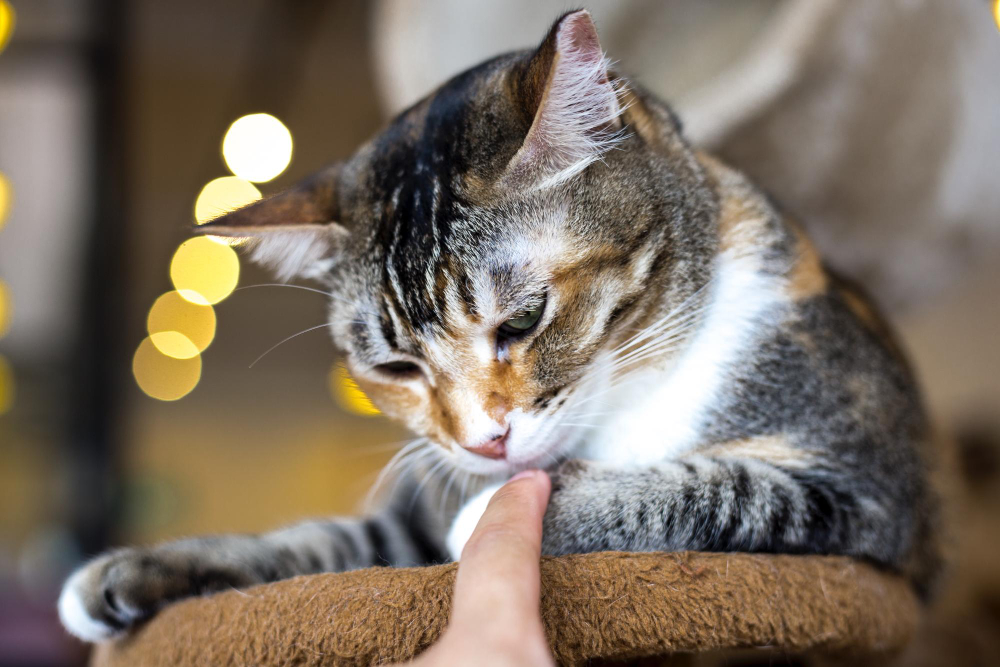How to Litter Train a Kitten – An Easy Step-by-Step Guide
Teaching your kitten to use the litter box is key to helping them feel safe and settled in your house. Whether you welcome home a six-week furball or adopt a grown cat, the job goes smoothly when you set up the right routine. Keep reading and we’ll walk you through the simple steps.
If you’re considering adding a feline friend to your family, be sure to read this essential guide before adopting a cat
Why Litter Training Matters
Being reliable with the box keeps your kitten happy, saves furniture, and helps them adjust quickly to a new place. Most cats come wired to bury waste, yet clear direction and a tidy set-up stop mishaps and speed learning.
Step 1: When to Start
Kittens usually begin looking for a toilet around four weeks, the same time they start munching solid food. At that age, you can offer a shallow, low-sided box filled with pet-safe litter. If your newcomer is older, place a box in the first room and begin training the moment they step inside.
Step 2: Gather the Right Supplies
Getting a few basic tools can make teaching your kitten to use the litter box much easier. Here is a short list to start with:
- Low-sided litter box: lets tiny paws hop in and out without struggle
- Kitten-friendly litter: soft, unscented, non-clumping works best
- Scooper: a small shovel for removing waste each day
- Litter genie: handy bin for sealing and storing mess
- Litter mat: catches stray granules before they track around the house
Step 3: Choosing the Right Litter Box
The lid, shape and size of the box matter more than many people realize. Dr. Sally J. Foote, a veterinarian and cat coach, recommends a 13-by-9-inch tray for most kittens. Once your pet stretches out as an adult, the box should be about one and a half times her full length.
If you live with several cats, keep one extra box on hand so everyone has a quiet place to go.
Covered vs. Uncovered Boxes
Some Cats love the privacy of a lid, yet many others feel trapped inside. According to feline trainer Mieshelle Nagelschneider, wild cats choose open spots so they can watch for danger. Provide one of each style and watch which setup your kitten prefers.
Step 4: Ideal Litter Box Placement
Choosing the right spot for the litter box can make a world of difference for your cat. Keep these basic tips in mind:
- Space out the boxes: In homes with several felines, spread their boxes around so no one feels crowded.
- Avoid secluded spots: Cats dislike feeling trapped, so skip dark cupboards or corners you rarely visit.
- Ensure good lighting: Place the box where it gets natural light or add a small night-light after dusk.
- Minimal distractions: Find a calm corner away from loud appliances, kids, or busy foot traffic.
- Easy access: Your cat should reach the box without climbing stairs, crossing slippery floors, or waiting at doors.
Step 5: Introducing Your Kitten to the Litter Box
With the box set up, show your kitten exactly where to go. Gently lift the little one and place them inside so they can sniff and scratch at the litter. Most kittens will start digging right away-or even use the box within minutes, thanks to their instincts. For best results, return them to the box after meals, drinks, play sessions, or naps while the habit forms.
Step 6: Reinforce Good Litter-Box Habits
The moment your kitten paws the litter and covers waste, offer a small treat and gentle praise. Linking the action with something enjoyable sets a habit that sticks. Never punish after an accident. Shouting scares young cats and damages trust. Just wipe the spot with an enzyme cleaner so old scent doesnt draw them back.
Step 7: Keep the Box Spotless
Kittens notice every detail, so a dirty box can turn them off. During training, scoop after each use and keep the litter 2 to 3 inches deep. Once they habitually use it, you can switch to scooping roughly once a day.
Planning to adopt a cat? It’s helpful to know the different signs cats use to show affection so you can build a strong bond from the start.
If Your Kitten Refuses the Box, Try These Fixes
- Look over the setup: Is the box easy to reach, well-lit, and tucked out of hectic traffic or loud machines?
- Test new litter: Some kittens prefer fine, sand-like textures, while others like something coarser.
- Scooping more often keeps the box welcoming.
A calming pheromone diffuser or spray may ease nerves and encourage use.
Talk to your veterinarian first. They can figure out whether a health issue-such as a urinary tract infection-is behind the accidents.
Final Thoughts
Teaching a kitten to use the litter box takes time, steady routine, and a good dose of praise. Give her a clean, accessible setup and cheer for every successful trip, and she will learn. Soon enough, your young cat will feel confident and reliable about using the box all on her own.
EXTRA:
Pawrpose AI is rethinking pet care—smarter, kinder, and more connected. No more guesswork about your pet’s health, at any age.
Read more here: Pawrpose AI












